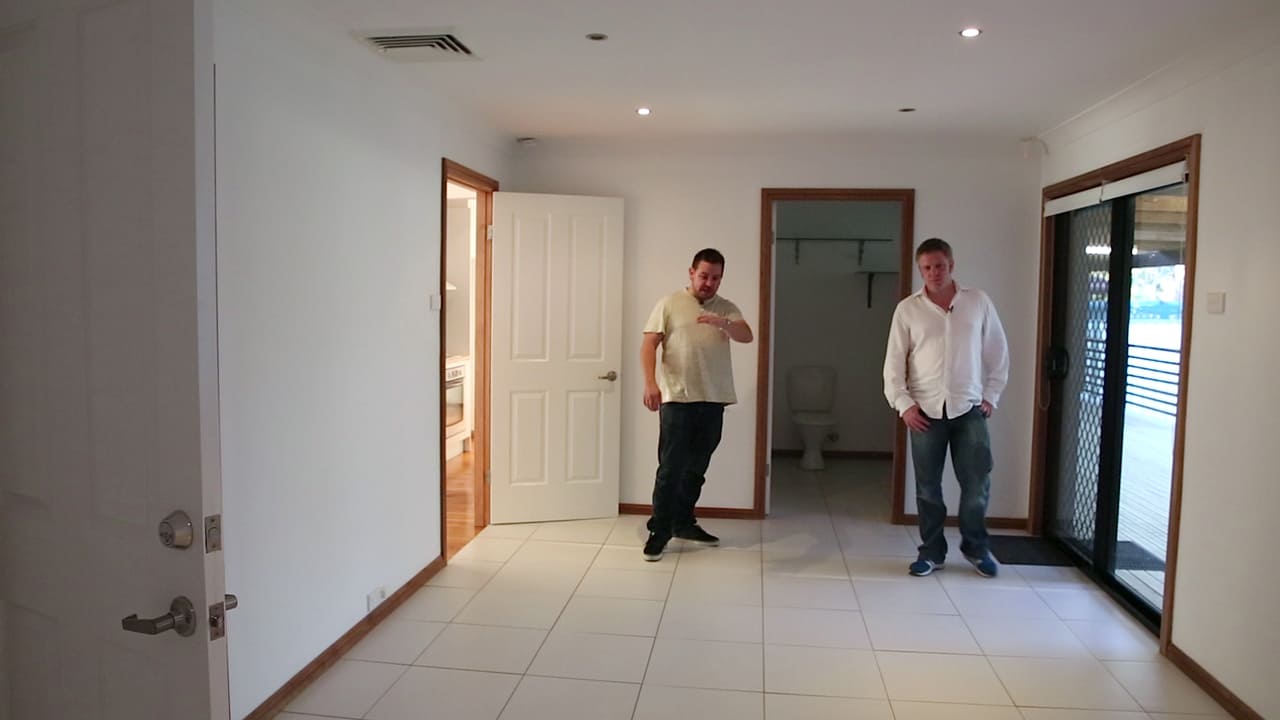Property Hunter episode 3
Differentiating between properties which have value-add and investment potential and those with issues that will deter potential tenants is a key skill for property investors. Join Smart Property Investment as we go property hunting and learn how to pick the best assets.

{{youtube id="i2QAkYx3T1Y"}}
Investors who are on the hunt for a below-market-value established property have to accept that the asset they buy probably isn’t going to be in perfect condition.
Houses which fit the bill for this investment strategy have been home to multiple previous owners and/ or tenants and have suffered the wear and tear that comes with time and people using (or abusing) the property.
It’s therefore especially important that investors know how to tell the difference between a property with a few flaws that will still appeal to tenants, or could benefit from a reasonably-priced cosmetic refresh, and one that will simply drain their bank account for little long-term reward.
Smart Property Investment’s online video series Property Hunter will help investors understand what to look for when inspecting properties and will teach viewers how professional investors differentiate between properties with potential and those which you’d be better off leaving alone.
Do built-in wardrobes really affect how quickly you’ll be able to rent out a property? Will a lack of natural light in a second bedroom cause any ongoing problems? How can you foresee a tenant’s logistical issues with the way a property or room is set up – and is there anything you can do to overcome fundamental design flaws in a property?
When we went property hunting last month with Todd Hunter from wHeregroup, we inspected a house that, at first glance, appeared to have a lot of promising investment fundamentals.
The property was located in Raby, a suburb located 55 kilometres south west of Sydney’s CBD which has good transport infrastructure, quiet streets and good-sized blocks and properties for young and growing families.
Upon closer inspection however it became clear that the property had some major issues with plumbing, water leakage and sloppy cosmetic refurbishments.
In episode two of Property Hunter, Todd explained that some of the more minor cosmetic issues may help to thin the crowd of potential buyers – increasing investors’ chances of picking up the property for below-market-value – but that the structural issues would prevent the new owners from getting in tenants straight away.
This month, in our Property Hunter video series we revisit Raby and inspect a third property to help show investors what they need to be looking out for when on the hunt for their next purchase.
Todd explains that in the first 30 seconds the property makes a good impression – it’s on a nice street in a good location, but it then becomes obvious that the house has some serious flaws.
The house has an unusual layout with poor ventilation and a lack of natural light in many rooms. In this episode of Property Hunter Todd discusses whether these imperfections have a solution, or whether investors should walk away.
As Todd walks through the property pointing out its flaws and elements of the property that will ultimately reduce its asking rent, publisher of Smart Property Investment Andy Scott asks how many red flags is too many. Where should investors draw the line?
Todd then explains his main areas of concern and how many issues the property would attract down the track. He also reveals whether he’d make an offer on the property or simply walk away.
To find out more about what professional buyers look for and to see how to test out a property’s investment potential watch the video above and join is as we go property hunting.